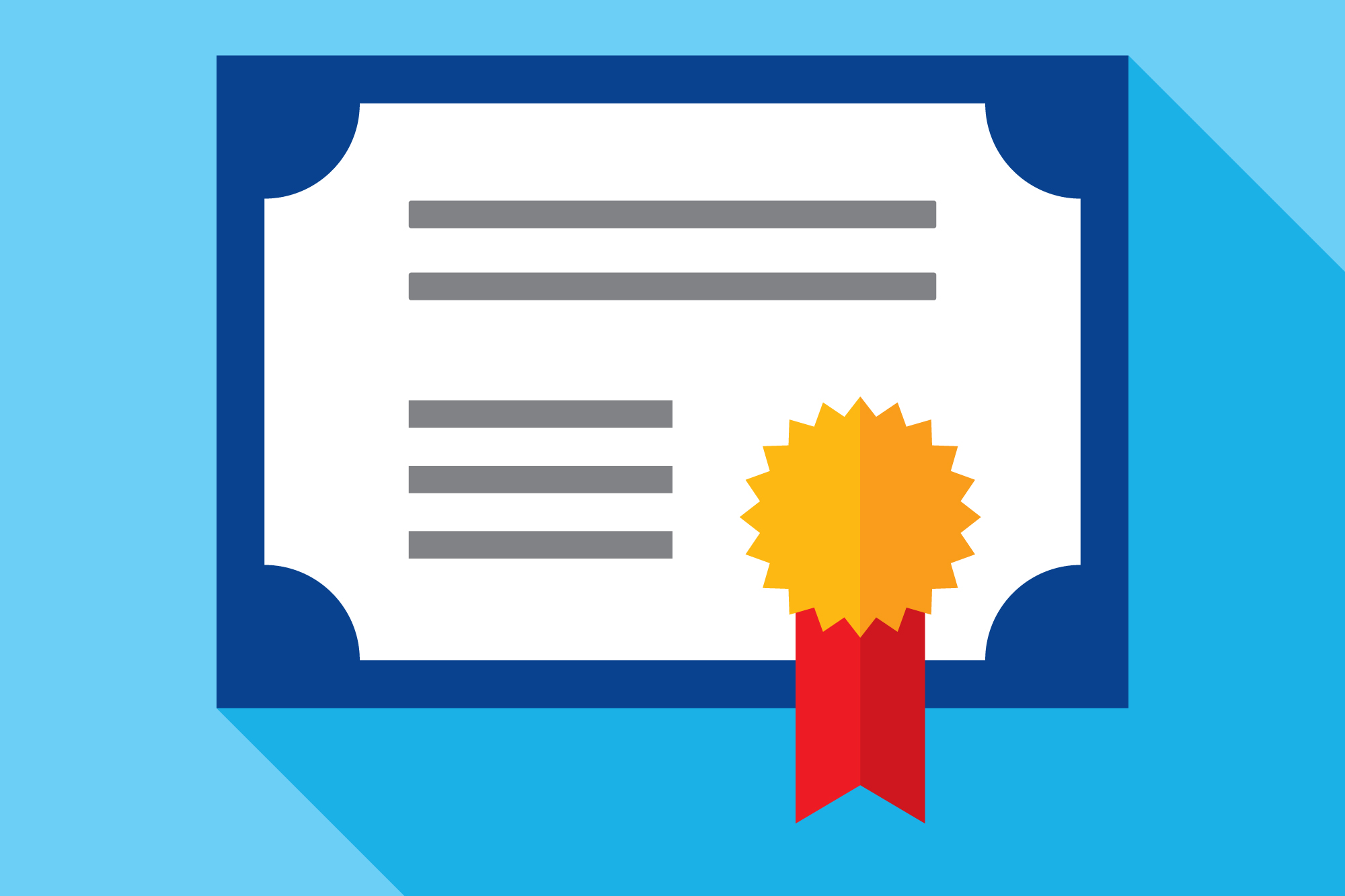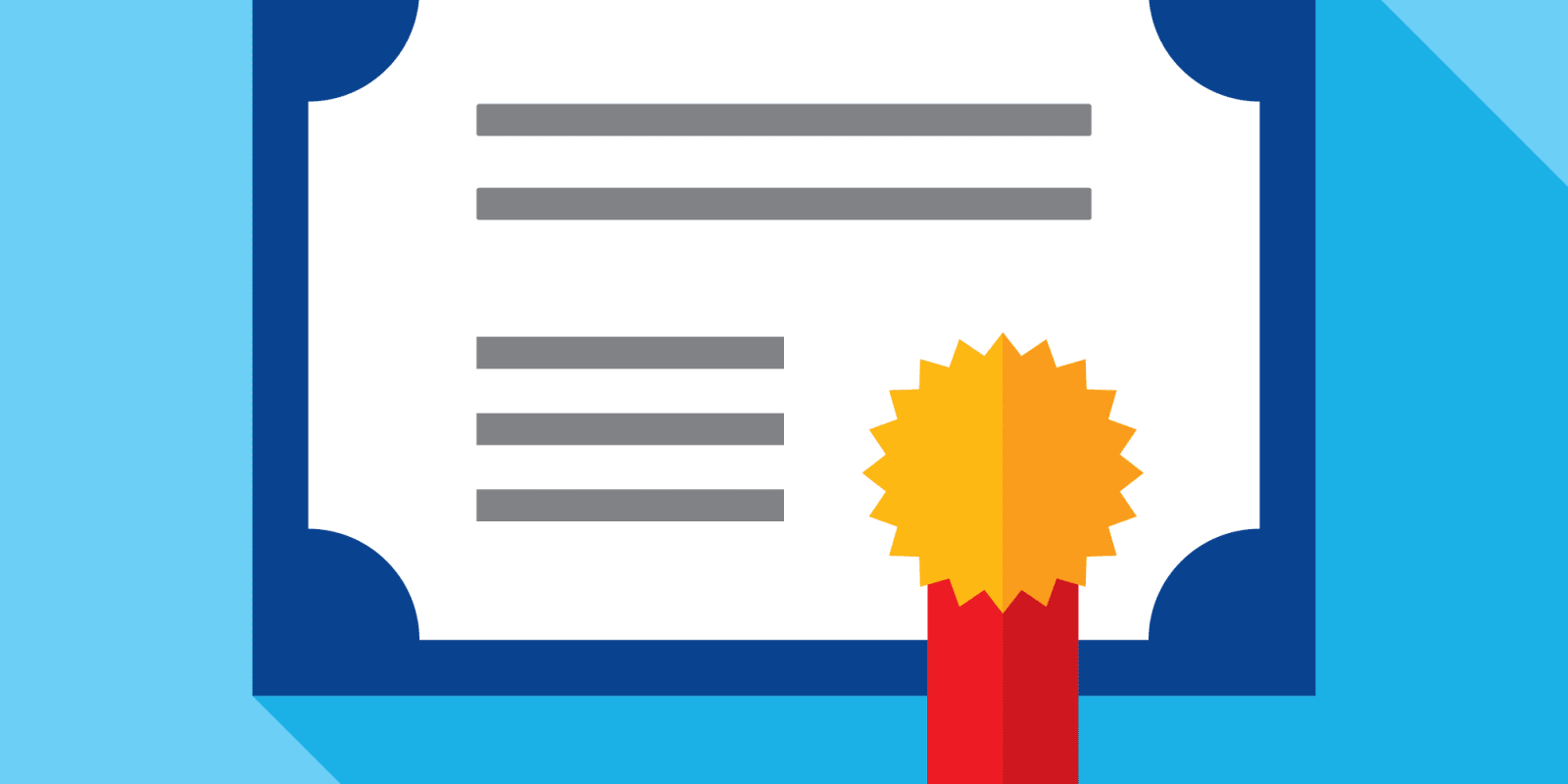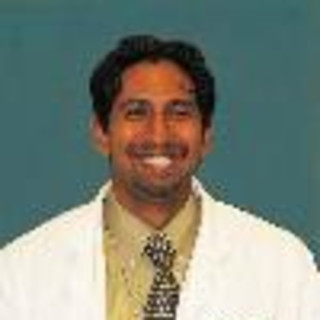
The American Board of Anesthesiology (ABA) has had a difficult job for a long time. It is responsible for the certification, continued maintenance, and educational oversight for thousands of diplomates of the ABA upon completion of primary anesthesiology residency for all applicants. With the recent ABIM scandal, including obfuscation of numerous tax germane details, we have heard publicly and privately that anesthesiologists have somehow tied the ABA with this as well. Despite a significant revamping of the Maintenance of Certification (MOC) program, it is disconcerting to hear how many anesthesiology colleagues, in private and in public are supportive of the effort put in by the ABA.
The Diplomate of the American Board of Anesthesiology is awarded after the successful completion of a residency program, passing the written examination (ADVANCED examination in current terminology), and the oral and mock OSCE component (APPLIED examination in current terminology). During their training, the candidates also take the BASIC examination at the end of their first anesthesia categorical year (CA-1 year). The cost of the BASIC examination is paid for by the residency programs.
At the end of the residency training period, graduated anesthesiologists take the ADVANCED examination, which for first-time test takers is approximately $775, with a reduction offered for those applicants who require retesting. Similarly, the APPLIED exam is approximately $2100 with some reductions offered for re-testers. This closely trends with but is slightly larger than the sister American Board of Surgery (ABS) fee of $1350. As far as MOCA, the current fee for the ABA is $210/year, whereas the ABS is $285. Over 10 years post-graduation, the total amount of fees paid is virtually identical between specialties.
Contrasting this with the American Board of Internal Medicine (ABIM), which does not have an APPLIED component to their examination, the initial cost of examinations is $1450, however there are multiple strata including subspecialty examination costs, and higher MOCA costs for the 10-year examination ($650) with a knowledge check in every two years ($130). Furthermore, there is a yearly cost every year of $160. This is a much larger sum of money over 10 years even for primary certification and is approximately double the cost of either ABS or ABA primary certification.
Also, several of the APPLIED examiners come from a private practice background, often giving up vacation or revenue units in order to serve the profession. There are no fees offered to examiners specifically for the examination process, so there is no incentivization for question writers, APPLIED examiners, or the Board of Directors. The number of anesthesiologists is relatively low compared to other medical specialties (66,000 total) with a fairly fixed number of graduates over the years. Currently approximately 700 individuals from various practice styles volunteer their time in order to serve their profession, so a little more than 1% of all anesthesiologists have a voluntary position within the ABA.
Board certification is a very important part of our specialty. It not only represents the transition from trainee to individual practitioner (attending), but also indicates the individual has put in the time and effort to study (and continues to do so) to stay current and keen for knowledge in the field. We have always felt that anesthesiology is not merely a vocational field — it is one of the very few fields of medicine that still emphasizes a mixture of research, teaching, technical skills, and intellectual insight in addition to clinical ability. It therefore behooves a specialty in order to encourage continuous growth. The ABA, with its wheelhouse of eager volunteers and organizational transparency, is clearly providing the necessary leadership. The support of the ABA should therefore be our primary goal — our very future may depend on it.
Arvind Chandrakantan, MD, MBA, FAAP is a practicing pediatric anesthesiologist in Houston, TX at Texas Children’s Hospital and Baylor College of Medicine. The views expected herein are his personal opinions and do not reflect any entities, professional and public societies, or the viewpoints of his employers. He is a 2018-2019 Doximity Author.






